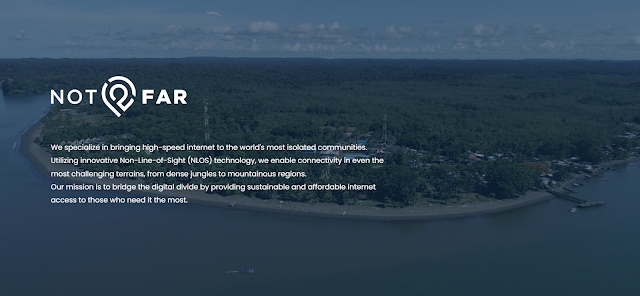Today, the internet has become a basic service in a world that is increasingly relying on digital connectivity. It is as important to human existence as access to education, clean water, healthcare and electricity. Nonetheless, there exists an enormous global digital divide which is constantly deepening as service improves among urban areas and high-income groups.
Estimates from International Telecommunication Union (ITU) indicate that about 37% of the world population still remains offline meaning approximately 2.6 billion people are not online (as cited by World Bank). This global phenomenon poses maximum challenge to all continents with high poverty levels. The present digital discrepancies create hurdles towards information access plus participation in global digital economy resulting into furthering existing socioeconomic disparities besides uprooting millions of urban dwellers into congested urban areas.
Digital divide is a complex matter that includes diverse dimensions, for example, obstacles.
 |
| https://workforce.libretexts.org |
Accessibility and Infrastructure Access to the internet is very limited in remote areas where population is spread across large distances. This occurs because most of the existing technologies such as 5G, 4G, fiber optic and traditional satellite network are designed for high density urban areas instead of wide low density territories.
Again due to these issues with cost and scarcity of satellite solutions alongside economic and logistical challenges presented by traditional internet infrastructures, this problem worsens. In addition modern types like LEO Satellites have operational difficulties in environments like dense forests hence making it impossible effectively connecting such locations to the web.
1. Affordability:
The cost of getting online is a stumbling block in areas where it exists, especially in developing countries where this takes a large amount of an individual’s salary.
2. Digital literacy and education:
Besides availability, digital education is crucial. Some places do not possess these key capabilities.
3. Socio-cultural factors:
Cultural beliefs and stereotypes that stand against the girl child may increase the gap between those who have and those who have not when it comes to ICTs.
4. Policy and regulation:
Internet access depends on government policies whose restrictive or indifferent nature can hinder connectivity.
The journey to bridge the global digital divide has been accompanied by remarkable strides in internet connectivity.
 |
| https://forumias.com |
In spite of the allure of prospect technology wise; this serviceability issue remains an insurmountable obstacle in economically challenged areas especially.
Also, because these sorts of networks do not create any valuable infrastructure in the domains involved, some states including South Africa fear too much reliance on foreign actors entailed by these constellations and thus advocate for local ownership in telecommunications ventures demanding solutions which are consistent with economic and sovereign interests of communities.
LEO satellites’ environmental and economic consequences are also increasingly preoccupying the researchers.
 |
| https://www.adb.org |
Not2 Far is a rural internet provider that has the goal of being the most important one worldwide in this context. It gives these services close to where they are needed, and so changing how we think about the telecommunication business. Not2Far, based in McKinney, Texas with Lope Trujillo as CEO, is making great strides in connecting remote rural regions that have typically been ignored by major Internet Providers. After reading Nicholas Negroponte’s Wired article on MIT/Media Lab’s model in Costa Rica; Trujillo and his wife became investors, serial entrepreneurs, and internet pioneers for over 20 years.
The approach adopted by Not2Far drastically alters profitability of connectivity. It is 30 times less costly to deploy and 300 times cheaper to operate than LEO satellite alternatives. This cost-effectiveness will be a key factor in the success of a service that targets the places where the poorest 80% of humanity live as it gives them cheap but strong Internet solutions. Their technology is non line of sight (NLOS), has wide range (up to 75km from a base station) and can provide speeds up to 100Mbps.
To put this into perspective, a single Not2Far wireless node that can be installed within three days only, can cover an area the size of Kuwait with internet services.
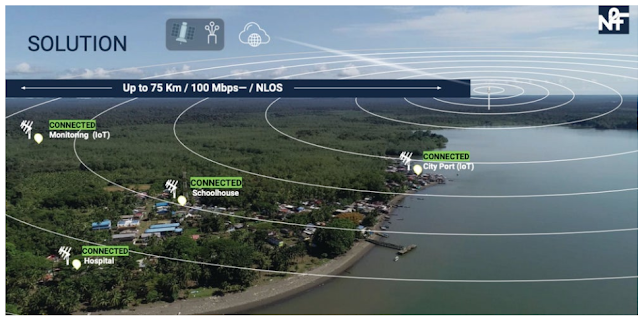 |
| https://not2far.io |
Not2Far goes beyond mere technical provision as its name suggests it is based on proximity and strong community relationships. This includes prior knowledge of the culture and needs of rural communities even before starting a network deployment process. A team of anthropologists, content experts and users work together to come up with technological solutions that effectively address their everyday challenges.
Finally, this involves encouraging the locals about how the internet can be transformative and exhibit some practicality through innovations such as IoT (Internet of Things). For instance, in Colombia, the organization's involvement in IoTree seismic sensor signifies this commitment by showing how technology can be applied to solve specific local problems like pest detection for agriculture.
Founded in 2022 after a rigorous five-year groundwork, Not2Far has an extensive understanding of the regions and rural communities where it operates.
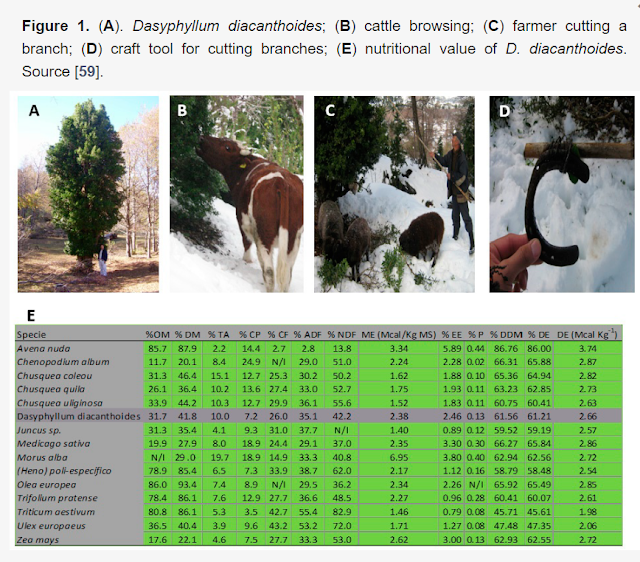 |
| https://www.mdpi.com |
Not2Far is in the process of expanding its market in Colombia and has already inked pacts with key allies in Mexico, Bolivia, Paraguay, and Chile. Its strategic collaboration with Vivarium, an impact-focused venture studio within Arowana Group that focuses on building and growing innovative start-ups, enables it to enter Asia Pacific and Australian markets.
This partnership was formed when Not2Far had just completed fine-tuning its technology and business model for Colombia; hence at a time when this was needed most, to get some experience from Arowana Group commercializing businesses globally.
Vivarium is a company that builds and scales up innovative technologies to solve the most critical issues of mankind, as defined by United Nations’ Sustainable Development Goals (SDGs).
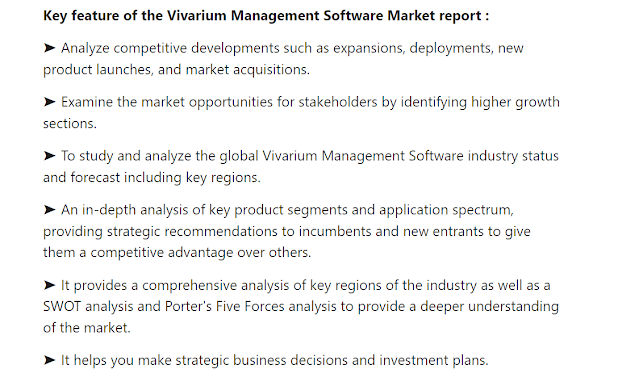 |
| https://www.linkedin.com/pulse |
Within the next three years, Not2Far will extend its broadband and IOT coverage across three continents with a focus on Latin America, Australasia and Africa.
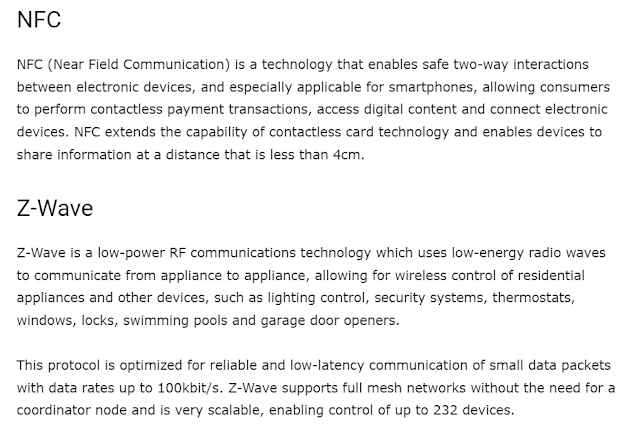 |
| https://www.rcrwireless.com |
Its approach of being closer to indigenous communities goes beyond mere cold technology, which has opened up many opportunities (such as learning and employment) for communities who were previously not part of the digital loop. They do not only connect people to the internet but also make sure that nobody regardless of their distance from us misses out on our current increasingly technological world. This story is about much more than just technology; it’s about creating a future where everyone’s included and treated fairly.
Final Verdict
Not2Far was established in 2022 and already has a presence in Colombia, with its plans to expand into Mexico, Bolivia, Paraguay, Chile and Asia Pacific. In addition to this partnership with Vivarium which is an impact-focused venture studio, it is a move that furthers their mission of bridging the digital divide and social inclusion globally.
The Not2Far vision is to be the Grameen Bank of internet access—encouraging innovation while narrowing disparities. Their interests extend beyond technology itself; they are about empowering communities, providing opportunities for all and making sure everybody can take part in the digital world.
 |
| Blogchatter |

